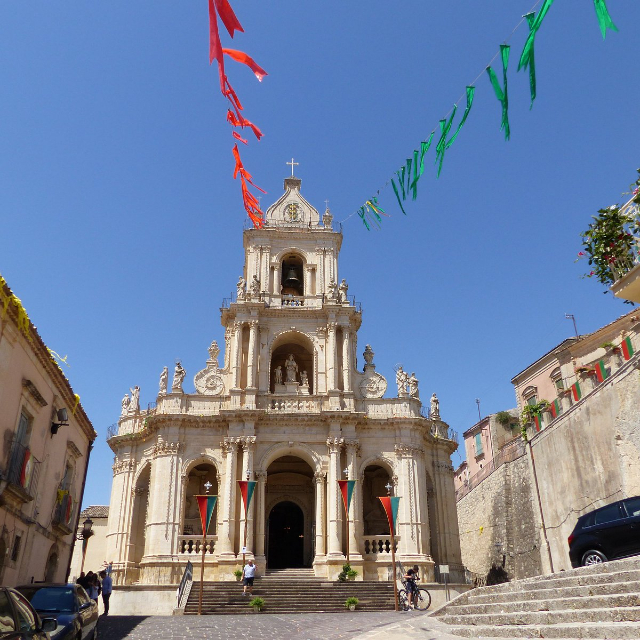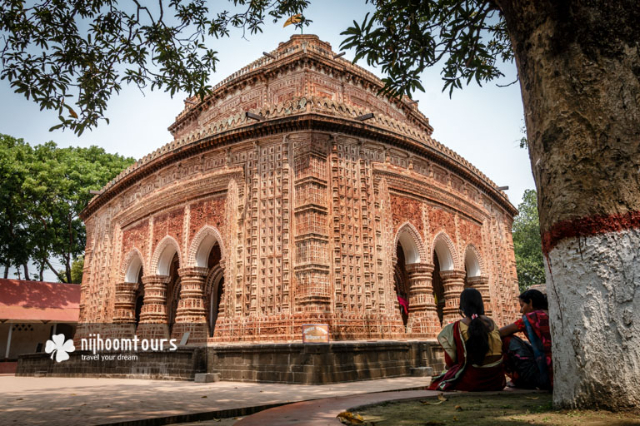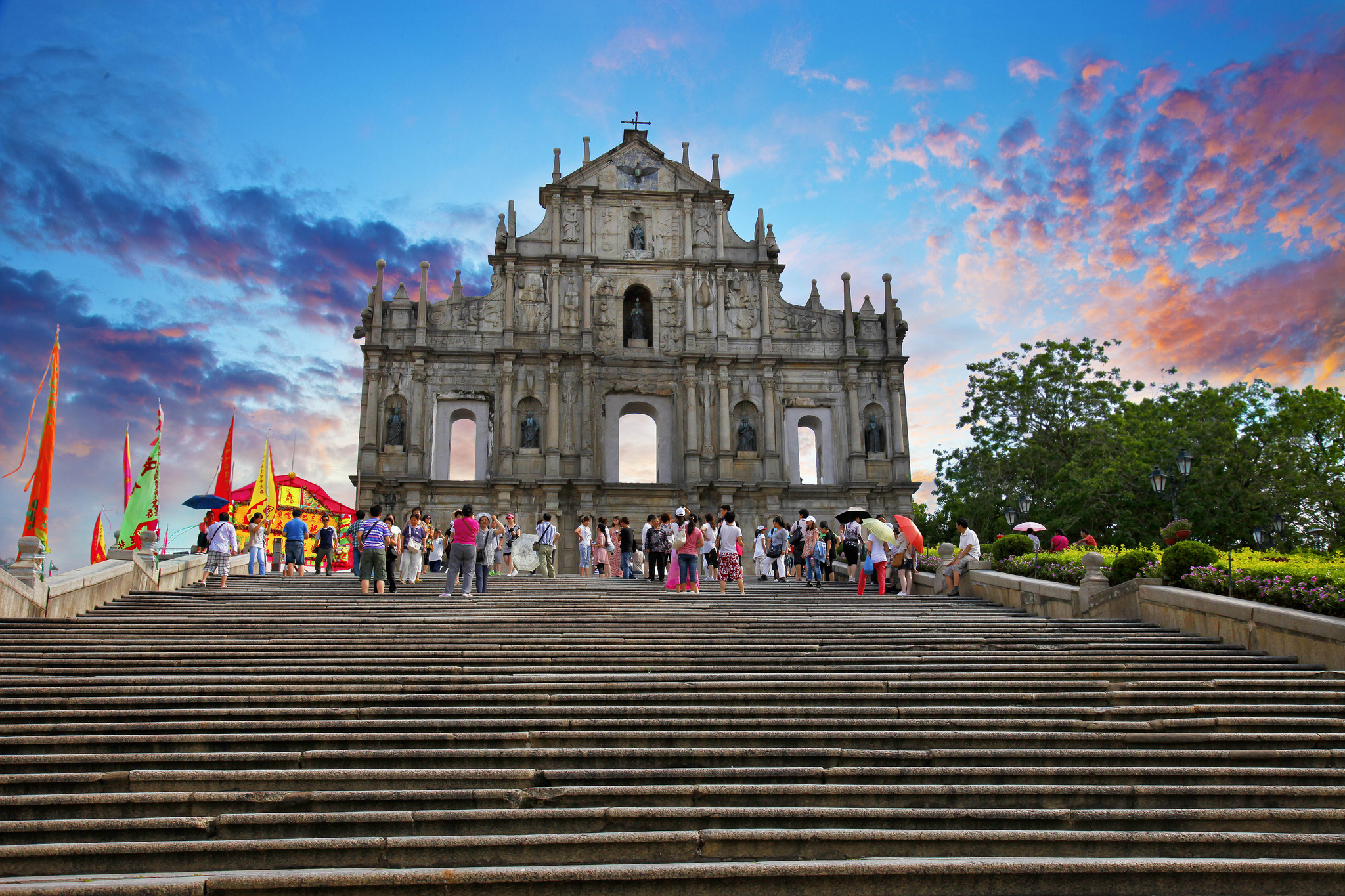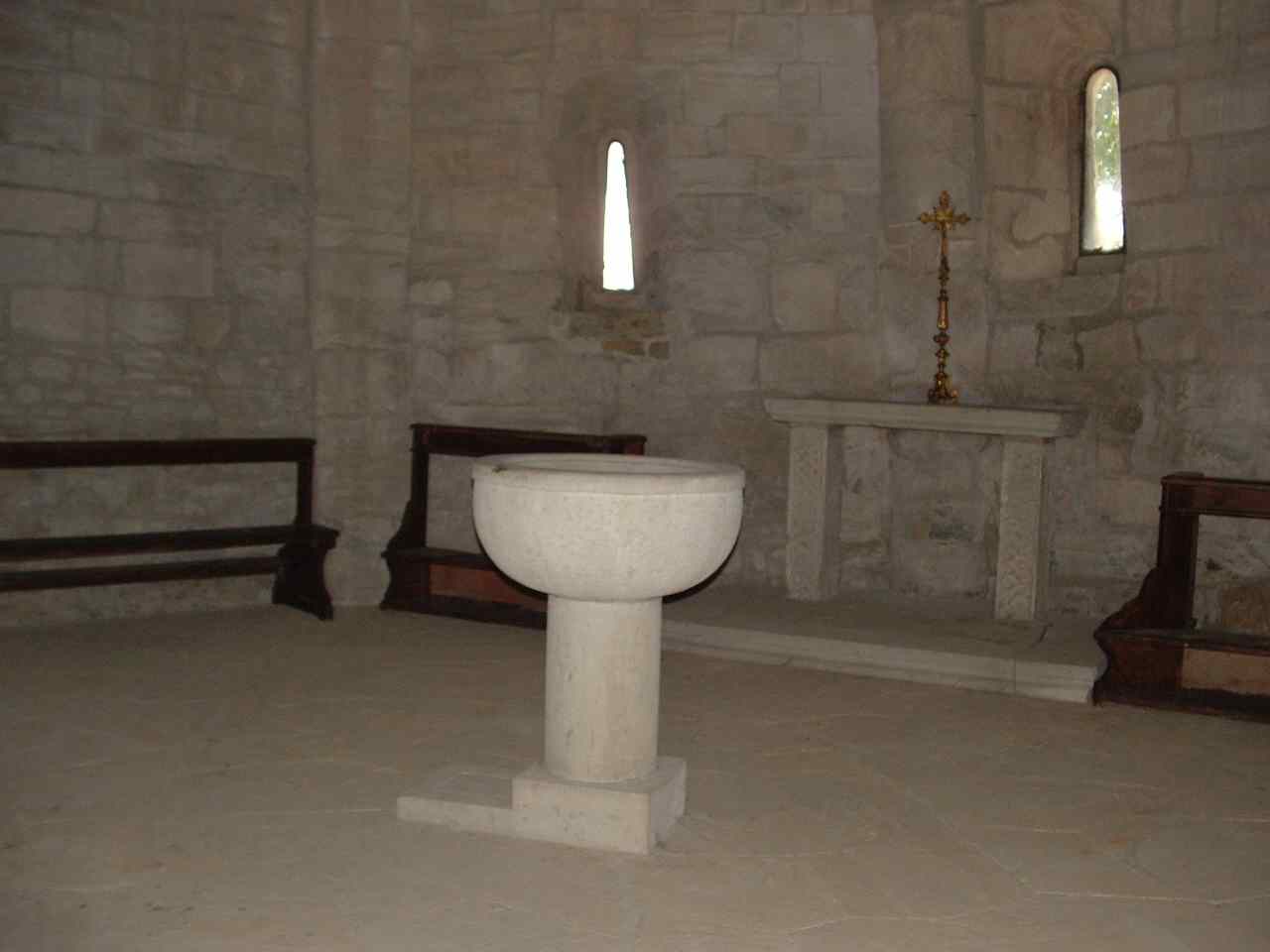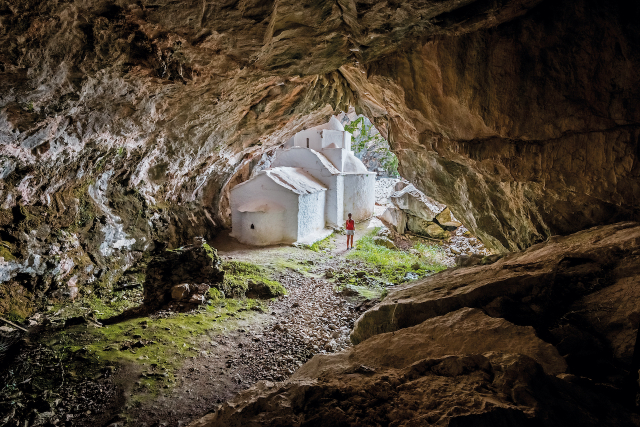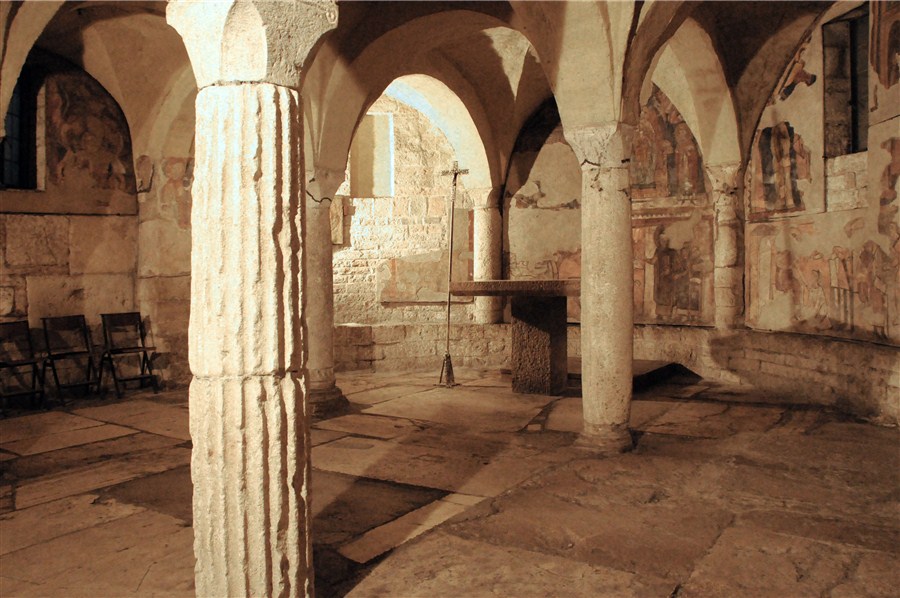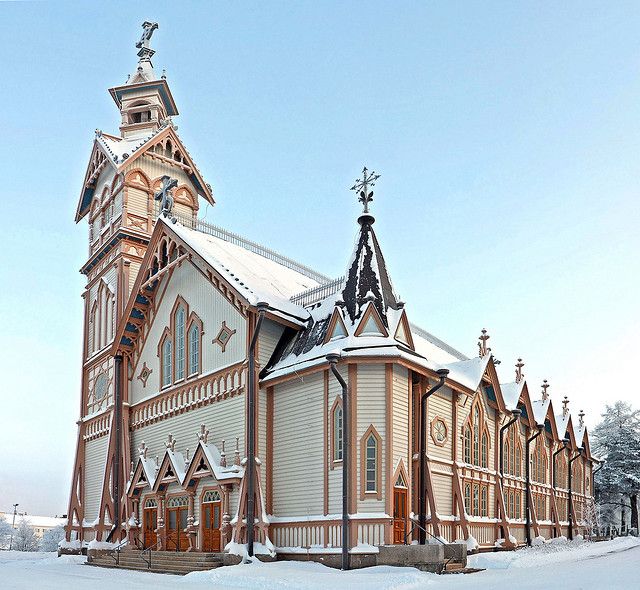The Church of St. Paul, built around the 18th century on the basis of the old Church of St. Sophia, is a remarkable example of Baroque architecture. The façade of the church is built in the Baroque style and is particularly fine. The church sacristy is highly refined and contains several valuable items, including a valuable "cassarizzo" carved in 1778 by Giovanni Torrisi of Catania and Gaetano Rametta of Syracuse. The sacristy also houses four large closets, two by two similar, with "boffetti" chairs, kneelers, chests, and four doors that frame beautiful canvases.The Church of St. Paul is attributed to Vincenzo Sinatra (1707-1787), who worked under the guidance of the famous Baroque architect Rosario Gagliardi. The church was partially completed in 1657, when the statue of St. Paul was moved inside. In 1663, it was promoted to sacramental "ad quinquennium," and in 1669 it was declared sacramental "in perpetuum."The majestic church of St. Paul’s follows the typical theme of 18th-century Sicilian religious architecture, with a facade-tower characterized by three overlapping elements. The first element welcomes worshippers in a large atrium-portico, while the second element houses the bells.The steps leading up to the church become the stage for one of the town’s most important holidays, the feast of St. Paul, who was elected patron saint of Palazzolo Acreide in 1688. During this festival, local men carry the coffin of St. Paul through the streets of the town, creating a lively and colorful celebration. Festivities include the throwing of multicolored "nzareddi" from the highest points of the church. Infants are carried naked into the arms of strong men to touch the folds of the saint’s cloak, as it is believed that simply touching the saint blesses and protects them. In addition, St. Paul is considered the patron saint from snake bites and invoked to encourage harvest.The Church of St. Paul thus represents not only an important place of worship, but also a symbol of popular devotion and religious traditions of the Palazzolo Acreide community.
